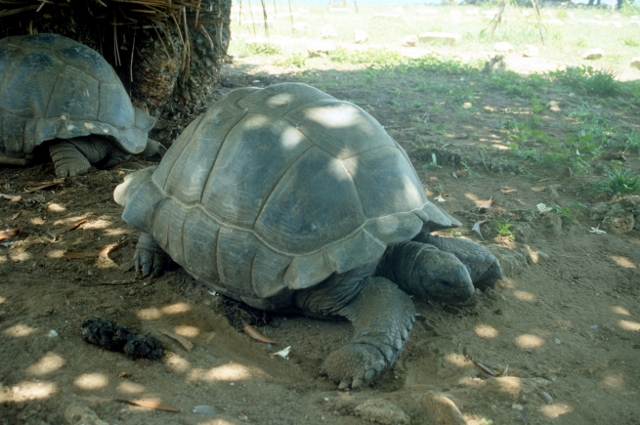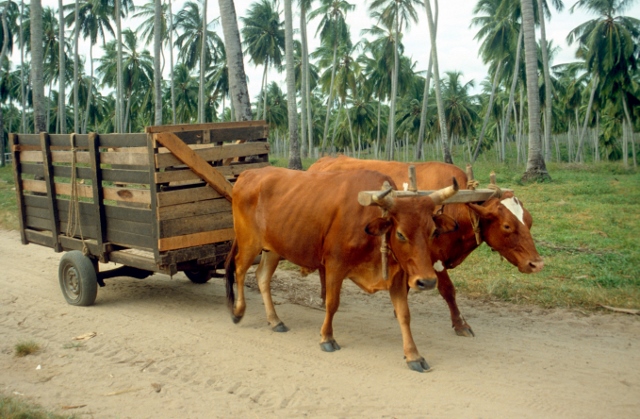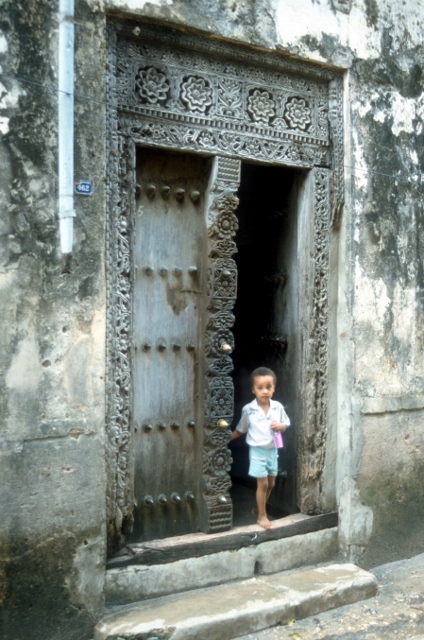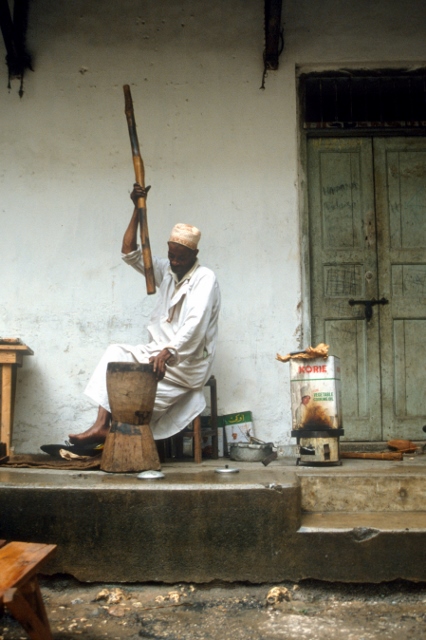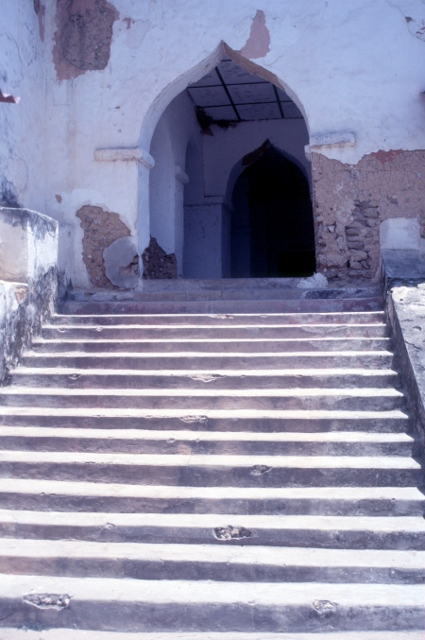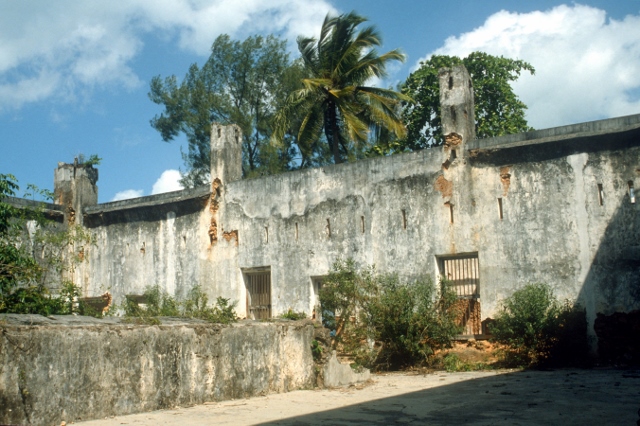There are several islands for the coast of Tanzania. Zanzibar is the best known, and the one that gave the country part of its name, after the link up with Tanganyka, in 1963. More about Zanzibar later.
The other two often mentioned are Pemba and Mafia Island; just because of the name I had to go to Mafia. I think we went for the weekend, but except for the name, and the airport official who had himself proudly photographed next to the sign “no photographs”, I cannot remember much anymore, it didn’t impress, obviously.
I also spent a day on Songo Songo, an even smaller island, which gained some fame for the small gas field that had been discovered there, and for one of the exploration wells that had a bad blow out. Traces of contorted metal were still scattered across the former drill site. I went at the invitation of the Tanzanian State Oil Company; my counterpart there told me to travel light, but to take an empty cool box. Only once on the island I understood: the cool box, and everybody else’s cool box, got stuffed with fresh lobsters, which took up most of the weight on the way back, to the maximum carrying capacity of the small plane!
Zanzibar
Other than Mafia or Songo Songo, Zanzibar was a place to come back to time and again. The main attraction was its lovely old town, never mind that in the late 1980s it was completely run down. Its narrow streets, beautifully carved wooden doors, lively bazaars evoked an air of mystery, an eastern – or rather, Middle Eastern – atmosphere. No wonder, as Zanzibar bloomed after when the Sultan of Oman had transferred his court here at the beginning of the 19the Century, and introduced the clove tree as major cash crop. Later augmented by the slave trade, for which Zanzibar became the most important station on the African East Coast. The Sultans continued to rule, even after Zanzibar had become a British protectorate, until they were overthrown by public protest in 1963, shortly before Zanzibar joined the union with Tanganyika to for Tanzania.
The top hotel at the time, the Bwawani Hotel, was possibly even more run-down than the city, and most of the time closed. But in the heart of the old town was also the Spice Inn, a wonderful little hotel with only a few rooms, an old fashioned lobby, and, most importantly, a roof top terrace where you could have your dinner overlooking the town – well, mostly overlooking darkness, because in Zanzibar, like in the rest of the country, electricity was necessarily a given. But the other advantage of the roof top was that it was the only place in strictly Muslim Zanzibar, at the time, where you could drink alcohol – provided you had brought your own, of course.
I should have spent far more time here, an in the 1980s unique remnant of the Middle Eastern history of the Swahili Coast, and because of its deplorable state unspoilt by tourism. And I should have taken many more photographs, of course, and a lot of notes, in order to much better describe the magic of this place than from my scant memory today, more than 30 years later.
Right, time to go to North Tanzania, to the most famous game parks.

